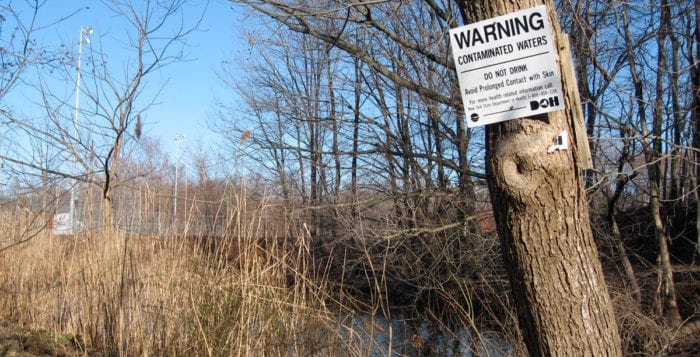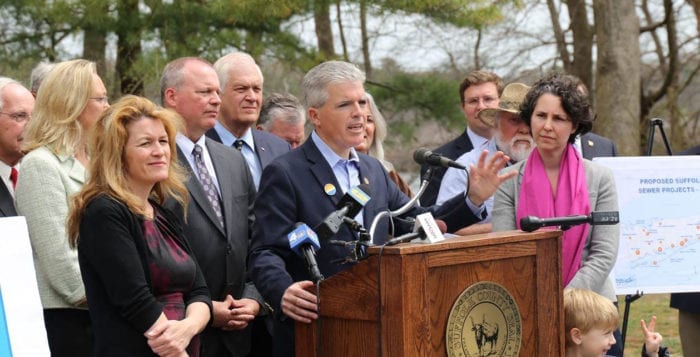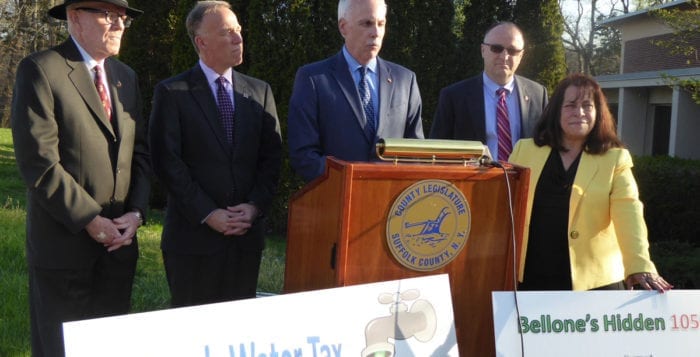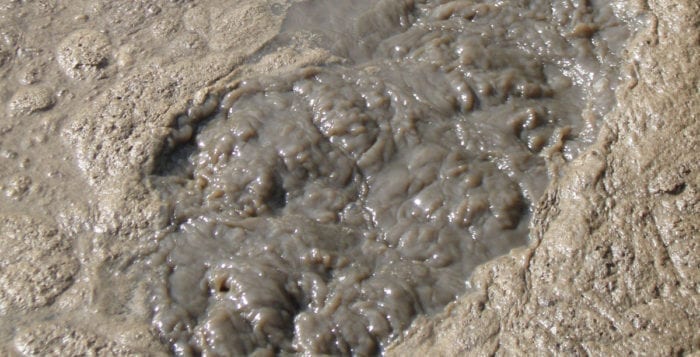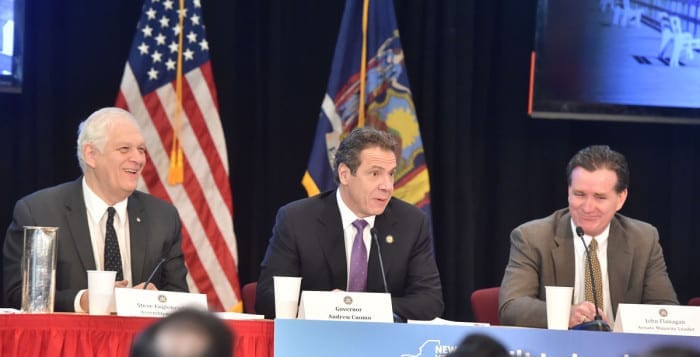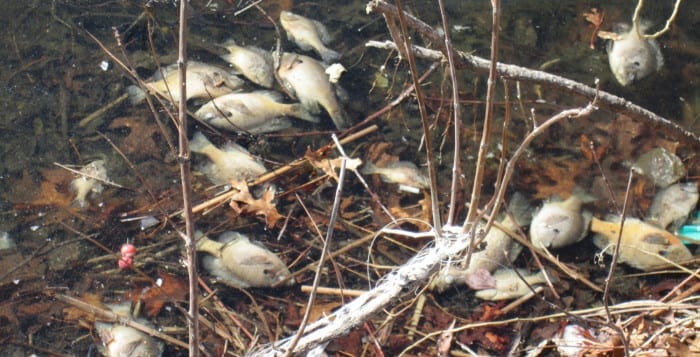With mounting pressure to preserve the sanctity of Long Island’s coastal waters, Suffolk County is teaming up with specialists at Stony Brook University to educate the public on marine pollution.
“Folks on Long Island are more involved with [marine pollution] than other parts of the country because they are spending time around the sound and beaches,” said Katherine Aubrecht, the faculty director for coastal environmental studies at Stony Brook University’s School of Marine and Atmospheric Sciences. “It’s such a bigger part of people’s lives, and there is a more receptive audience here to be thinking about this.”
The county Legislature unanimously passed a resolution June 5 to direct the Division of Planning & Environment in the Department of Economic Development and Planning to collaborate with SoMAS to establish a marine debris pollution awareness program.
“It is important to teach young children about the impact they are having on their community and how they can become environmentally conscientious.”
— Kathleen Fallon
Though it is just in its preliminary stages, according to Legislator Sarah Anker (D-Mount Sinai) who sponsored the resolution, the awareness program would be used to educate school-aged children and the general public on the dangers of garbage pollution to the marine ecosystem.
“We want the education to be generalized, so that we can have flexibility in who we speak to and about what,” Anker said.
Anker said the two goals for the upcoming program are to educate the public on how we are affecting and degrading our oceans, and to teach people what they could do about it, including the need for beach cleanups and how to properly recycle plastics.
Aubrecht said that there are three unpaid interns from the Stony Brook University’s environmental humanities program charged with compiling data on ocean pollution, and looking into what other marine debris education efforts exist on Long Island. Data is also being collected on demographics the program wishes to target with the campaign.
Kathleen Fallon, the coastal processes and hazards specialist for New York Sea Grant, said educating young people is of the utmost significance.
“It is important to teach young children about the impact they are having on their community and how they can become environmentally conscientious,” she said. “Some examples could include teaching students about the impact they might have, even just picking up a few pieces of trash or about how all pollutants eventually make their way into marine environments.”
“Some examples could include teaching students about the impact they might have, even just picking up a few pieces of trash or about how all pollutants eventually make their way into marine environments.”
— Kathleen Fallon
Anker said she expects the program to have a full formal presentation ready by the end of next year. She also expects by next Earth Day, the debris awareness program will have presentations to show what citizens can do to help clean up the local marine environment.
Microplastics ending up in local waters are among the most pressing issues on Long Island. Microplastics are plastics that have broken down due to erosion into pieces smaller than 5 millimeters — they end up being swallowed by sea life endangering the health of the animal and, if the issue is untreated, those plastics can easily end up on the dinner table.
At the county Legislature’s April 19 Health Committee meeting Rebecca Grella, a Brentwood High School research scientist and teacher, said she had surveyed Flax Pond Marine Laboratory in Old Field in October 2017 and that in 1 square meter of shoreline, found 17 grams of microplastics. She said there were approximately 400 pounds of plastic in 1 mile of shoreline in the pond.
Aubrecht said that when these plastics enter a marine environment they can also cause organic pollutants — which are often too dispersed and not dangerous — to merge onto these plastics, but have a larger effect on marine wildlife. Ocean debris also cause animal entanglement, like a small fish or turtle getting caught in a plastic ring that holds a six-pack of cans. These entangled creatures often suffer major injuries or die if they can’t free themselves.
Though all these problems may seem daunting, Fallon said that education is the starting line in a race that will hopefully end with the elimination of marine pollutants and debris.
“A community that is made aware of the impact that they are having on their environment will hopefully be more likely to avoid harmful actions,” Fallon said.


